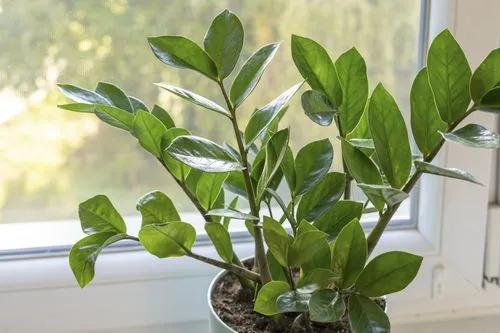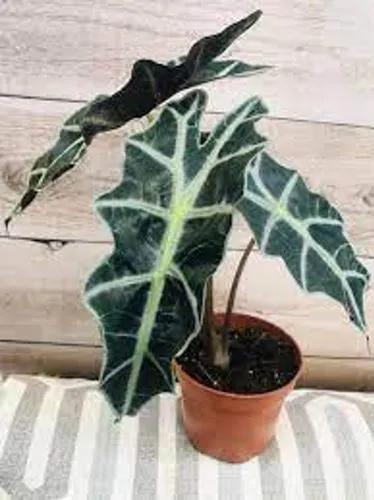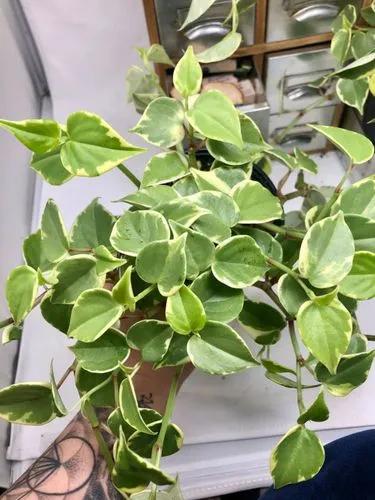The peace lily is a tropical species that is a favorite flowering houseplant. A striking plant when used in mass display, the peace lily blooms in spring with long-lasting flower stalks that hover gracefully over the foliage. A well-grown peace lily may bloom twice a year, resulting in several months of flowers. The plant has glossy oval leaves with points that emerge from the soil.Peace lilies are indisputably terrific as houseplants. Small varieties look attractive on a tabletop and bigger ones can occupy a nice-sized spot on the floor. They filter more indoor pollutants than most other plants, so are great for bedrooms or other frequented rooms. Inside the tropical plant's pores, toxic gases like carbon monoxide and formaldehyde are broken down and neutralized. Peace lily can also be grown outdoors in warm climates, where it can tower as much as 6 feet high.Despite their name, peace lilies are not members of the lily family. The peace lily is a member of the Araceae family of plants, known collectively as aroids. It is related to the philodendron, anthurium, and alocasia—also very popular as houseplants.
Spathiphyllum Ortgiesii Care
Spathiphyllum Ortgiesii
Other names: Ortgies' Spathiphyllum



How to Care for the Plant

Water

Watering spathiphyllum in spring and summer it must be regular but moderate. no need to drown the plant because its roots might not appreciate it.

Pruning

Any dying or yellowing leaves can be removed for aesthetic reasons, while any small leaves that grow off the main trunk, often called suckers, should be removed.

Fertilizer

When it comes to fertilizers, you want to avoid over-fertilizing (just like an overdose of vitamins isn't great for us, either). Less is more, so it’s important to follow what the package says for application amounts.

Sunlight

Minimum 12-14 hours of indirect sunlight.

Soil

They need well-drained, moisture-retentive soil, so add lots of organic matter when planting. In heavy clay soils, plant the bulbs on a layer of coarse sand or gravel to improve drainage.

Temperature

These plants really prefer moist warmth. Avoid cold drafts and temperatures below 55 degrees F, because the plant will die in cold temperatures. Ideal temperature range is 65 to 80 degrees.

Container

Ceramic pots are the most popular type of containers for houseplants today. You'll find them in all kinds of styles, colors, and sizes. At one time, the clay pot was the most common container for indoor plants. When choosing a pot, choose a pot that is 2.5-5 cm (1-2”) larger than the current size.

Additional

Protect your children and pets from the peace lily. Though they're not true lilies and are not lethal, they can irritate the stomach or cause extreme salivating if ingested. Like other members of the Araceae family, these plants contain insoluble calcium oxalate crystals, which can interfere with blood calcium levels and lead to renal failure. Cats and dogs that ingest peace lily leaves will begin to salivate profusely due to mouth irritation. Speak with your vet or poison control if you suspect your child or animal ingested this plant. In mild cases, you might be instructed to simply offer children cool drinks or foods to ease mouth discomfort, but larger ingestion may require supervised medical intervention.

Popularity

610 people already have this plant 91 people have added this plant to their wishlists
Discover more plants with the list below
Popular articles






